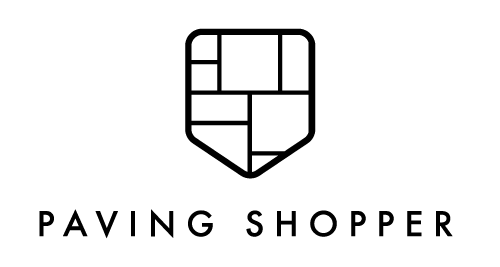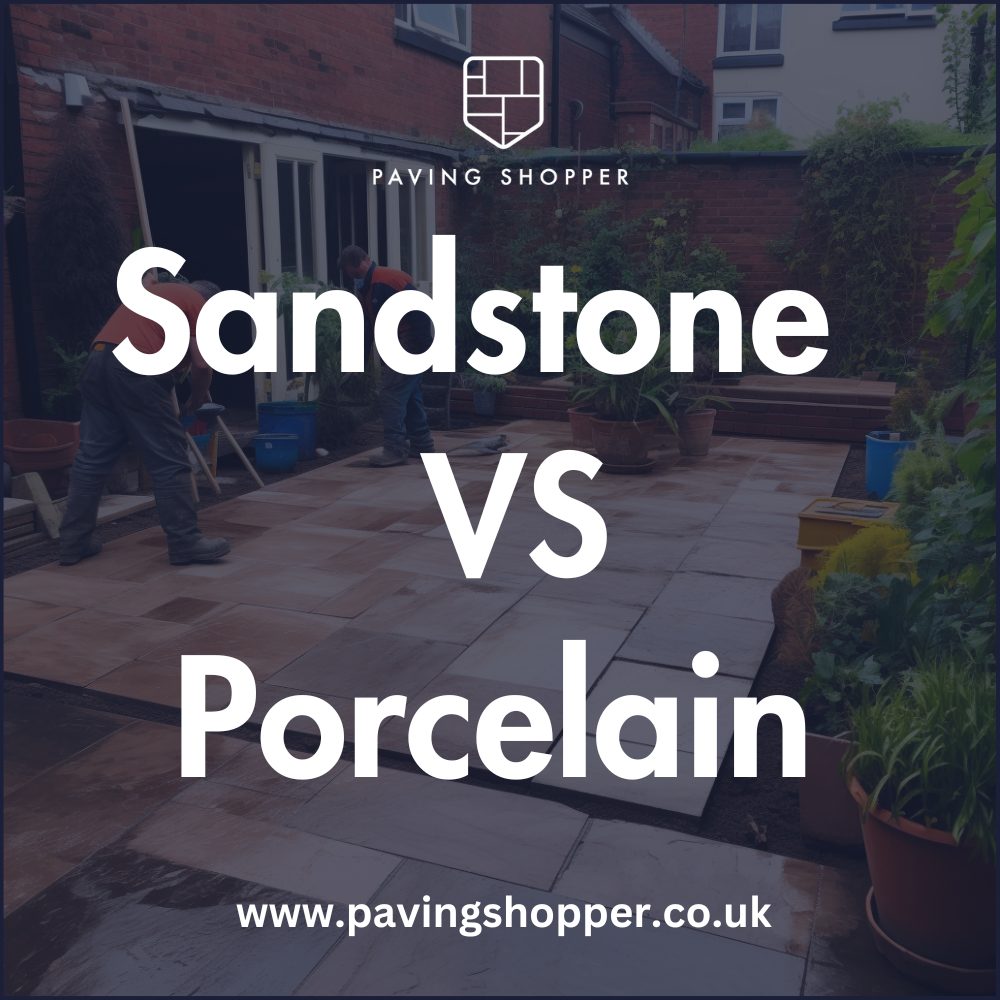
Sandstone V Porcelain Paving - (Style Comparison and Distinctions)
Share
When choosing materials for your patio or driveway, two of the most popular options are sandstone paving slabs and porcelain paving slabs. But what are the key differences between these two types of stone? This article provides a detailed comparison of sandstone and porcelain paving across factors like durability, maintenance, cost, and longevity. By the end, you'll have a clear understanding of which material is better suited for your next paving project.
Quick Verdict
Overall, porcelain paving slabs are the more durable and lower-maintenance option but come at a higher cost, while sandstone paving slabs provide greater design flexibility at a lower price. Porcelain's extreme hardness and density make it very long-lasting and capable of withstanding heavy use. However, Indian sandstone paving can also have a long service life with proper sealing and care. If you prioritize longevity and minimal upkeep, porcelain is likely the better choice despite its higher initial investment. However, if you prefer natural stone's rustic beauty and varied textures, don't mind yearly sealing, and want maximum value, sandstone can be an excellent option.
Porcelain vs Sandstone Paving: Pros and Cons
| PORCELAIN PAVING SLABS | SANDSTONE PAVING SLABS | |
|---|---|---|
| Pros | Durability: Resists heavy impact, ideal for busy areas. Low Maintenance: Fights stains, stays vibrant for years. Moisture Resistance: Less porous, slip-resistant when wet. Fireproof: Won't catch fire, limits fire spread. |
Long-lasting: Durable, lasts decades with proper care. Eco-friendly: Recyclable, chemical-free. Unique Finish: Every piece is distinct. Easy to Maintain: Pressure wash friendly, retains colour. |
| Cons | Installation: Hard to cut, requires expert installation. Weight: Heavy, needs a strong base. |
Water Absorption: Porous, can be damaged if not sealed. Scratches: Softer, prone to dents and scratches. |
Strength and Durability
Porcelain is engineered to be highly durable and hard-wearing. It is resistant to cracking and chipping, making it suitable for high-traffic areas. Sandstone, while also tough, is more prone to chipping, cracking, and abrasion over time compared to porcelain. To maximise durability, proper sealing and maintenance are required for natural stone.
Longevity and Maintenance
Porcelain is extremely low maintenance, requiring no sealing or resealing. It resists water and stains, making it easy to clean with just a wipe. On the other hand, natural stone like sandstone needs to be sealed periodically, especially for lighter-colored stones, to prevent staining and water damage. Resealing is recommended every 1-2 years, and regular cleaning with specialized products is necessary to remove stains.
Colours and Finishes
Porcelain offers consistent and uniform coloring in options like cream, grey, and black paving slabs. It can also mimic natural stone textures. On the other hand, sandstone paving slabs come in varied organic finishes and earthy tones. Each stone slab has unique natural patterns and variations. A range of textures, like riven slabs, honed, and flamed, are possible, offering a rustic charm that porcelain cannot replicate.
How Much Does Porcelain Paving Cost?
Porcelain paving generally costs more upfront compared to sandstone. Prices range from £30-50 per square meter, with basic options starting around £30-40 per m2 and premium Italian porcelain costing £40-50 per m2. The exact pricing depends on factors like thickness, quality, brand name, and size of slabs. The average cost for standard 20mm thick domestic porcelain is approximately £35-45 per m2, while heavier-duty commercial-grade porcelain is at the higher end of the range.
How Much Does Sandstone Paving Cost?
In comparison, sandstone paving is often cheaper to purchase upfront. Basic Indian sandstone can cost as low as £25-35 per square meter, while premium smooth finish sandstone runs £40-45 per m2. Like porcelain, the exact sandstone pricing depends on finish, thickness, quality, brand, and sizing. Most standard 20-22mm thick sandstone intended for residential use falls between £25-35 per m2.
Is Porcelain More Expensive than Sandstone?
Porcelain paving is generally more expensive than sandstone paving. Porcelain costs £30-50 per m2 on average, while sandstone ranges from £20-45 per m2. Porcelain's higher cost is due to its dense, non-porous construction requiring specialized manufacturing. This makes porcelain more durable and lower maintenance than natural sandstone. However, sandstone's plentiful supply and easier processing keep costs lower. For long-term value, porcelain may justify its higher initial price, but sandstone remains a budget-friendly option.
Does Porcelain Last Longer than Sandstone?
On average, porcelain paving lasts longer than sandstone, typically 50+ years versus 30-50 years for sandstone. Porcelain lasts longer due to its dense, non-porous construction that resists staining, cracking, and water damage even with heavy use. Sandstone is more prone to chipping and absorbing stains over time unless sealed regularly. Porcelain requires minimal maintenance, while sandstone needs periodic sealing and cleaning. Porcelain's extreme durability comes at a higher upfront cost but pays off long-term with virtually no upkeep needed.
Is Porcelain Easier to Clean than Sandstone?
Yes, porcelain is significantly easier to clean than natural sandstone. Porcelain's non-porous surface resists absorbing stains or liquids, so simple wiping or damp mopping is often sufficient. In contrast, sandstone requires periodic deep cleaning with specialized products to avoid staining.
Is Porcelain Easier to Install than Sandstone?
No, sandstone is generally easier for DIY installation than porcelain. Sandstone can be cut and shaped on-site and lacks porcelain's density, making it more manageable for non-professionals. However, porcelain's difficulty in installation pays off long-term with its extreme durability. For the best results with porcelain, consider hiring a professional.
Which Looks Better, Porcelain or Sandstone?
This depends on personal taste. Porcelain offers modern consistency with sleek lines and uniformity, making it ideal for contemporary designs. Sandstone paving slabs, on the other hand, provide natural variation with each slab's unique patterns and textures, making it perfect for traditional, rustic aesthetics. Evaluate your landscape style when choosing between these two quality paving materials.
What's the Difference Between Porcelain and Ceramic Paving?
Porcelain paving is non-porous, more durable, stain-resistant, and fired at higher temperatures, while ceramic paving slabs are more porous, prone to staining, and fired at lower temperatures. This makes porcelain more suitable for outdoor use where durability and weather resistance are key.
Related Posts
-

UK Garden Statistics and Trends 2024
UK Garden Statistics and Trends 2024 General UK Garden Statistics The vast majority of UK households have access to ...
-

Can I lay Paving on Soil or Mud?
Technically, yes – you can lay paving stones or slabs directly onto exposed topsoil however, laying a sub-base will e...
-

How Much Does a New Patio Cost?
A new patio in the UK typically costs between £80-£150 per square meter. For a 40-50 sqm patio, expect to pay £2,000-...
-
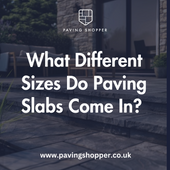
What Different Sizes Do Paving Slabs Come In?
When planning a patio or outdoor paving project, one of the key decisions is choosing the right size paving slabs. ...
-
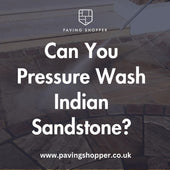
Can You Pressure Wash Indian Sandstone?
Indian sandstone is a popular choice for outdoor paving due to its durability and attractive appearance. However, li...
-
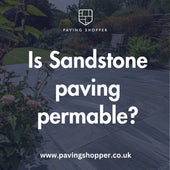
Is Sandstone Paving Permeable? Is it porous?
Sandstone's porous nature enables it to absorb rainfall, qualifying it as a permeable paving variety. However, seali...
-

Where Does Natural Sandstone Paving Come From?
Sandstone begins deep underground, formed over eras as minerals and sediments fused under pressure. Powerful forces ...
-

5 Paving Ideas for Small Gardens: Maximise Your Outdoor Space
Front of House When considering paving ideas for the front of your house, it's crucial to select ones that complem...
-

9 Paving Ideas for Front of House: Enhancing Curb Appeal with Style
The facade of a house plays a pivotal role in defining its character and curb appeal, and the choice of paving can s...
-

9 Summer Garden Paving Ideas UK
Summer gardens offer a vibrant canvas for homeowners to express their style while enhancing outdoor living spaces. G...
-
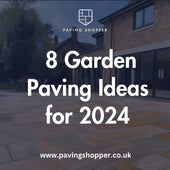
8 Garden Paving Ideas for 2024
It's time to refresh your garden's look for 2024 and an easy way to do that is with some new paving. With so many opt...
-
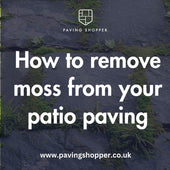
How to remove moss from patio paving
Moss growth is a common issue for patio paving, especially in damp, shaded areas. While moss may seem harmless, it ca...
-

How much does sandstone paving cost?
When choosing new garden pavers, sandstone offers homeowners an enticing middle-ground - more durable than basic conc...
-

Why Do Paving Slabs Crack And How To Repair Them
Seeing cracks appear on your patio or driveway can be disheartening after investing time and money into installing be...
-

How to lay paving in winter (Tips & Tricks)
How Cold Temperatures Impact Paving Projects The primary concern when working in cold weather is ensuring proper curi...
-
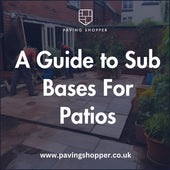
Sub Bases For Patios
Building the Perfect Patio Base: A Comprehensive Guide When planning an outdoor living space, understanding proper ba...
-
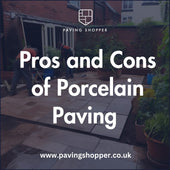
Pros and Cons of Porcelain Paving
Are you considering adding porcelain paving to your outdoor space? It's important to weigh the pros and cons before ...
-

Understanding Paving Slip Ratings: A Comprehensive Guide
A paving slip rating, also known as a slip resistance or anti-slip rating, is a measure of how slippery a surface...
-

Stunning Garden Water Feature Ideas - Enhance Your Outdoor Space
Garden water features are decorative elements that incorporate water into a garden, adding beauty and a sense of ...
-
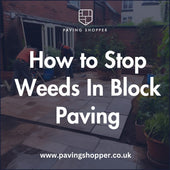
How to Stop Weeds in Block Paving: Expert Tips andTricks
Weeds growing between the blocks of your paving can be an unsightly and frustrating problem. Not only do they make y...
-

How to clean paving without a pressure washer
A patio cleaner is a cleaning solution designed specifically for removing dirt, grime, and stains from outdoor patio...
-
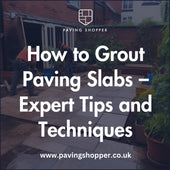
How to Grout Paving Slabs – Expert Tips and Techniques
Pointing paving slabs is an important step in the process of installing them. Grout is a mixture of cement, water...
-
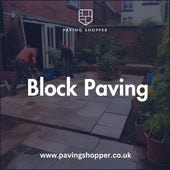
Block Paving Guide | What Does it Cost? | How Much Per m2?
Block paving is a versatile and durable option for creating driveways, patios, and paths. This method involves using...
-

Porcelain VS Ceramic Paving
Porcelain paving is non-porous and more durable than ceramic paving, which is more porous and prone to stains and wea...
-
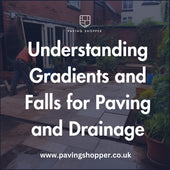
Understanding Gradients and Falls for Paving and Drainage (2024)
When it comes to paving and drainage projects, understanding the correct gradients and falls is essential for ensuri...
-

Indian Sandstone Paving Colours for A Patio - A Comprehensive Guide
Indian sandstone is one of the most popular paving materials, celebrated for its natural beauty and the variety of co...
-

Jointing and Pointing For Paving (Sand & Cement Mix)
Patio pointing is important for both looks and durability. It protects the layers under your paving, stops weeds, and...
-

How to Lay Paving on Sand and Cement: Expert Advice and Tips
Paving on Sand and Cement: A Comprehensive Guide When it comes to enhancing your outdoor space, paving is a popular ...
-
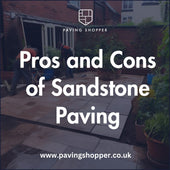
Pros and Cons of Sandstone Paving
Pros & Cons of Indian Sandstone Paving Indian sandstone paving is a natural and durable option that adds both bea...
-
Does Patio Paving Need Edging? A Comprehensive Guide
In this article, we'll explore the importance of patio edging, the different types of edging materials available, and...
-

Pet Friendly Paving - What is the best paving for a dog-friendly garden?
Creating a dog-friendly garden requires choosing the right paving materials to ensure your furry friends can enjoy t...
-
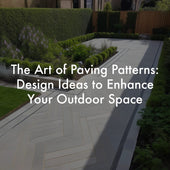
Patio Paving Laying Patterns Guide
Paving patterns can transform an ordinary outdoor space into a stunning and eye-catching area that complements your ...
-

Patio Kits vs Single Size Paving Slabs: Which To Choose?
When designing a patio or outdoor space, one crucial decision is whether to use a patio kit (also known as patio pack...
-

Are paving slabs suitable for driveways?
This is a question many homeowners ask when it comes to choosing the right type of driveway surface for their home. T...
-

How much paving do you need to cover your outdoor space?
Planning an outdoor paving project is exciting, but it’s crucial to accurately estimate the amount of paving needed b...
-
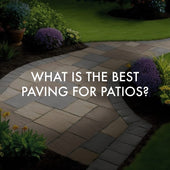
What is the Best Paving for Patios?
When it comes to choosing the best paving for patios, there are a variety of factors to consider, such as durability,...
-
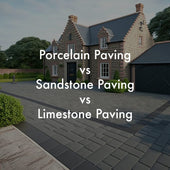
Sandstone v Limestone v Porcelain: The Pros and Cons of Different Garden Paving Materials
Transforming your outdoor space involves choosing the right paving material, and porcelain and sandstone are two of t...
-
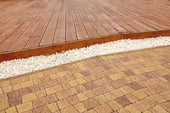
Are Paving Slabs Cheaper Than Decking?
Transforming your backyard into the ultimate outdoor oasis can be challenging when choosing between paving slabs or d...
-
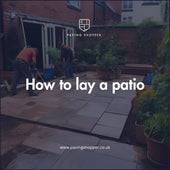
How to lay a patio - An expert guide to laying paving slabs and patterns
There are a few things to consider before laying a patio, such as the type of paving stones and the laying pattern. Y...
-

How to cut Sandstone Paving?
When it comes to prepping your garden for a new patio, you may consider different designs that require your paving to...

